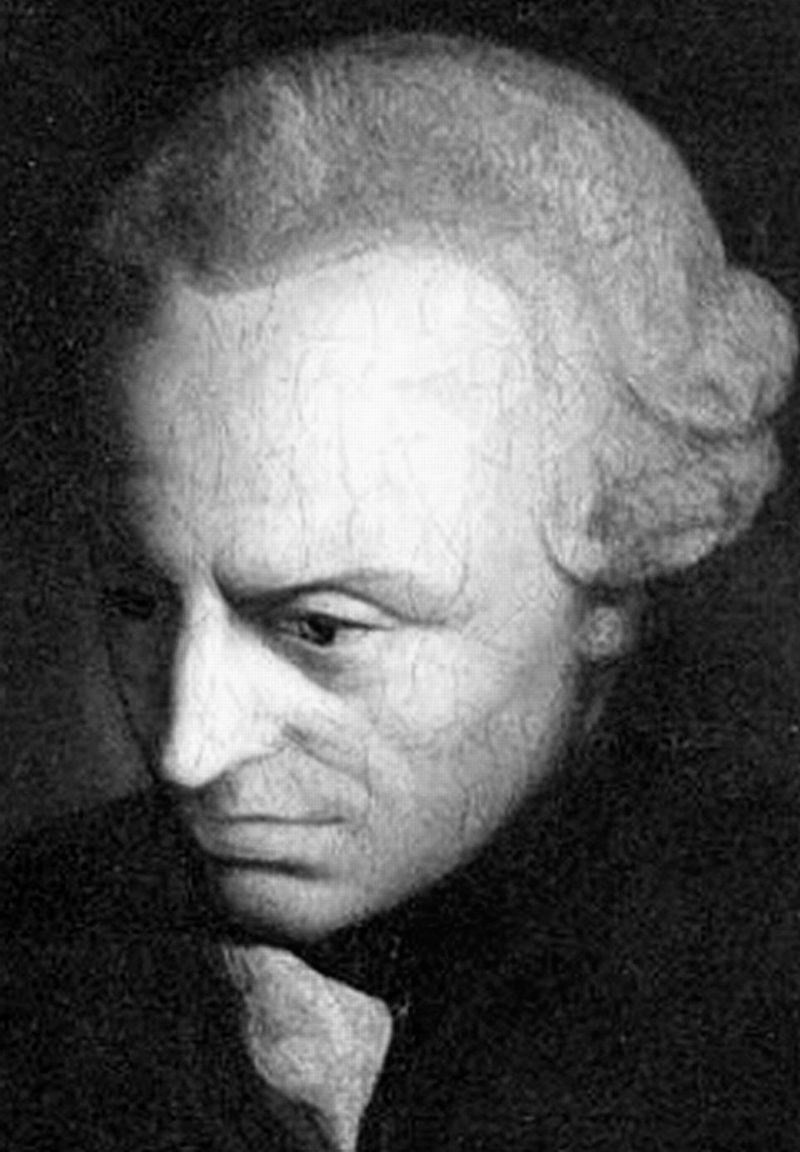
Publication details
Publisher: Springer
Place: Berlin
Year: 2009
Pages: 151-169
Series: Studies in the History of Philosophy of Mind
ISBN (Hardback): 9789048123803
Full citation:
, "Spinoza's eternal self", in: Topics in early modern philosophy of mind, Berlin, Springer, 2009


Spinoza's eternal self
pp. 151-169
in: Jon Miller (ed), Topics in early modern philosophy of mind, Berlin, Springer, 2009Abstract
In this paper, my principal aim is to consider Spinoza's notions of the self and mind. It seems to be rather unanimously accepted, among Spinoza scholars, that Spinoza had a Humean bundle theory of the mind and the self. Any human self is just a bundle of God's ideas. Because of the problems faced by the bundle theory of the self, one should, as much as possible, avoid attributing such a view to any great philosopher of the past. In this paper, I will first consider the reasons why scholars are so fond of attributing the bundle view to Spinoza. I argue that it is true that Spinoza thought that any mind is a bundle of ideas but that bundling by itself is not sufficient for there to be a mind that belongs to somebody. After that, I will give a positive account of Spinoza's theory of the self. It will be claimed that, in a sense, any thinking thing is identical with God. Thus, the self of Charles Dickens is Spinoza's only substance God acting with a certain force characteristic to Charles Dickens. This idea will be further elucidated by Immanuel Kant's notion of intensive magnitudes. It will be claimed that once Spinoza's theory of the self is given this interpretation, there is room for individual immortality which should be distinguished from personal immortality. Also this view swims against the current of contemporary Spinoza research.
Cited authors
Publication details
Publisher: Springer
Place: Berlin
Year: 2009
Pages: 151-169
Series: Studies in the History of Philosophy of Mind
ISBN (Hardback): 9789048123803
Full citation:
, "Spinoza's eternal self", in: Topics in early modern philosophy of mind, Berlin, Springer, 2009




